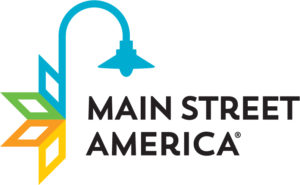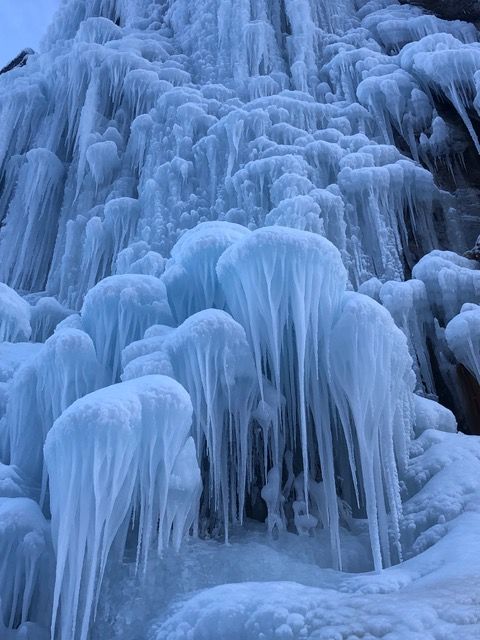2019 Music Lineup Released for the Lake City Uncorked Wine & Music Festival
LAKE CITY, CO (February 1, 2019): The Lake City DIRT Board of Directors is pleased to release the 2019 Music Lineup for the September 21st Lake City Uncorked Wine & Music Festival in downtown Lake City. More info www.lakecitydirt.com
Lake City’s own Jeff Heaton is a classically trained singer and a self-taught guitar player. He has an eclectic sound with the styles of James Taylor, John Denver, Gordon Lightfoot, and Merle Haggard. Jeff often says that he likes good music regardless of the genre and/or the artist. In the last few years, Jeff has opened for Michael Martin Murphey, Asleep at the Wheel, The Bellamy Brothers, Johnny Lee, Suzy Bogguss, Johnny Rodriguez, Exile, Restless Heart, Hal Ketchum and Marty Haggard. Jeff’s repertoire is a collection of songs that tell a story and will pull at your heartstrings. After all, the words are half of the song. Jeff has recorded 2 CDs, one titled ‘Just Chillin’, which is a cover collection of Jeff’s favorite songs and some of his own. The second CD is titled ‘Warm Wishes, A Chillin’ Christmas’, which includes Jeff’s favorite Christmas songs as well as some gospel songs.
Shavano Blues Trio plays a wide range of blues, rhythm and blues, and jazzy blues from the ‘40s to the present day. Powerful, sultry vocals in combination with rhythmic stand-up bass and classic blues keys make this trio a blues lover’s dream. Shavano Blues Trio will rock your soul with its unique renderings of songs by the likes of Ray Charles and Bonnie Raitt, Aretha Fanklin, Koko Taylor, and Etta James, as well as original songs like Close My Windows and Run Me Ragged. Shavano Blues Trio has played a variety of clubs and festivals in the mountains and on the Front Range including the Greeley Blues Jam; The Boathouse, Benson’s, Vino Salida, Soul Craft Brewery, Thursdays at 6, Brewers Rendezvous, and FibArk in Salida; El Chapultepec, Denver; The Boulder Outlook; Western State Music Series, High Alpine Brewery, and Sundays at 6 in Gunnison; The Crested Butte Arts Festival; as well as private parties, weddings and corporate functions.
Welcome back to Lake City, Lisa Morales started penning tunes to express her emotions addressing the complex landscape of relationships. Her perspective now is that of a woman who’s gone through many storms and witnessed their sometimes-beautiful aftermaths as well. With Luna Negra and the Daughter of the Sun, Morales sought to reach even more deeply into her soul. Drawing from a creative palette informed by the rhythms, colors and flavors of the Southwest — from the painted-desert skies of her native Tucson, Arizona, where she and cousin Linda Ronstadt grew up, to the sea-salted air of Houston, where she moved at 18, and the history-filled city of San Antonio, where she now lives. Lisa Morales confirms that she is a woman in touch with her emotions and inner power. Morales recorded six albums as one-half of the duo Sisters Morales before releasing her solo debut, Beautiful Mistake, in 2012. Lisa has also worn a producer’s hat with highly acclaimed production on Hayes Carlls’ “Flowers & Liquor; co-wrote “Waiting For the Stars to Fall” with Hayes Carll on his CD “Trouble In Mind”. She is a favorite on the Uncorked stage.
Honeyhouse is a unique acoustic trio combining the talents of three very diverse and seasoned artists into one unexpected powerhouse force. Consisting of award-winning R&B/Gospel soulstress Hillary Smith, earthy Blues/Folk singer-songwriter Yvonne Perea, and sweet voiced Mandy Buchanan, “hONEyhoUSe” seamlessly melds the lines of musical genres with their original creations embracing blues, soul, folk and Americana into one sweet Honeyhouse of music. Three very different voices with one path…hONEyhoUSe. With a deep soulfulness rooted in the Gospel-driven churches of her youth, Hillary Smith is a classically trained vocal instrument that’s a natural wonder and a God-given instinct for swinging a lyric. She’s a belter, but her voice also possesses great warmth and expressiveness, and she is able to get under the skin of those in her audience. With a seamless merging of folk, blues, and rock, Yvonne Perea’s music captures her audience through her memorable melodies, relevant lyrics, and soulful earthy vocals. After hearing Yvonne or watching her perform live, you come away with the feeling that you’ve really seen a glimpse of Yvonne’s soul.
Red River songbird, Mandy Buchanan always delivers a moving, powerful performance whether she is singing with a lone guitar player or a full band, lead vocals or harmonies. Surrounded by a family of musicians, Mandy began singing in church at an early age. From country to blues, jazz to rock and roll, her sweet voice will take you by surprise when you least expect it.
“Some people are impressionists. These guys leave an impression”. Says Bill Miller, owner of Johnny Cash.com about Cash’d Out (Douglas Benson vocals, George Bernardo drums, John Heussenstamm guitar, Nate Lefranchi bass), a Lake City favorite band that channels Johnny Cash in about as close a manner to the real thing as it gets. After 13 years, traveling hundreds of thousands of miles on the road and winning over as many fans, fans who still continually tell the group how grateful they are that Cash’d Out so righteously carries the torch of the Johnny Cash Show. Besides music critics anointing Cash’d Out as “the next best thing to Johnny Cash”, their highlights have been many: W.S. Holland, Johnny Cash’s longtime drummer, has sat in with Cash’d Out; front man, Douglas Benson, has played Johnny’s cherry sunburst Guild guitar (courtesy of Mr. Miller); “Cindy Cash came to a show and was moved to give me a glass locket that was her father’s,” explains Benson; Longtime Johnny Cash manager Lou Robin has also been to several Cash’d Out shows and claimed that if he closed his eyes it was as if “going back in time.”; And most recently, an unforgettable evening performing the music of Johnny Cash with the San Diego Symphony as a special event for their Summer Pops Series. The band’s live shows respectfully reference the late, great Man in Black’s Sun Records and early Columbia era sound, combined with the energy of the classic multi-platinum live recordings from Folsom Prison and San Quentin. The group’s genuine love (and authentic recreation) of Johnny Cash’s music and its universal appeal fans of all ages and of virtually all musical genres makes each Cash’d Out show a must-see event.
Mo’Champipple & the Meso Horns
Music provided between acts by Bruce Hayes who plays a fusion of the musical styles that combine acoustic and electric instruments with elements of rock, bluegrass, celtic, and R&B. Collaborating with The String Cheese Incident and Acoustic Junction, Hayes helped define the acoustic jam band sound. He continues this tradition performing original songs and arrangements on mandolin, guitar, dobro, foot board, and more.
More information and links to bands can be found at lakecityfestival.org















